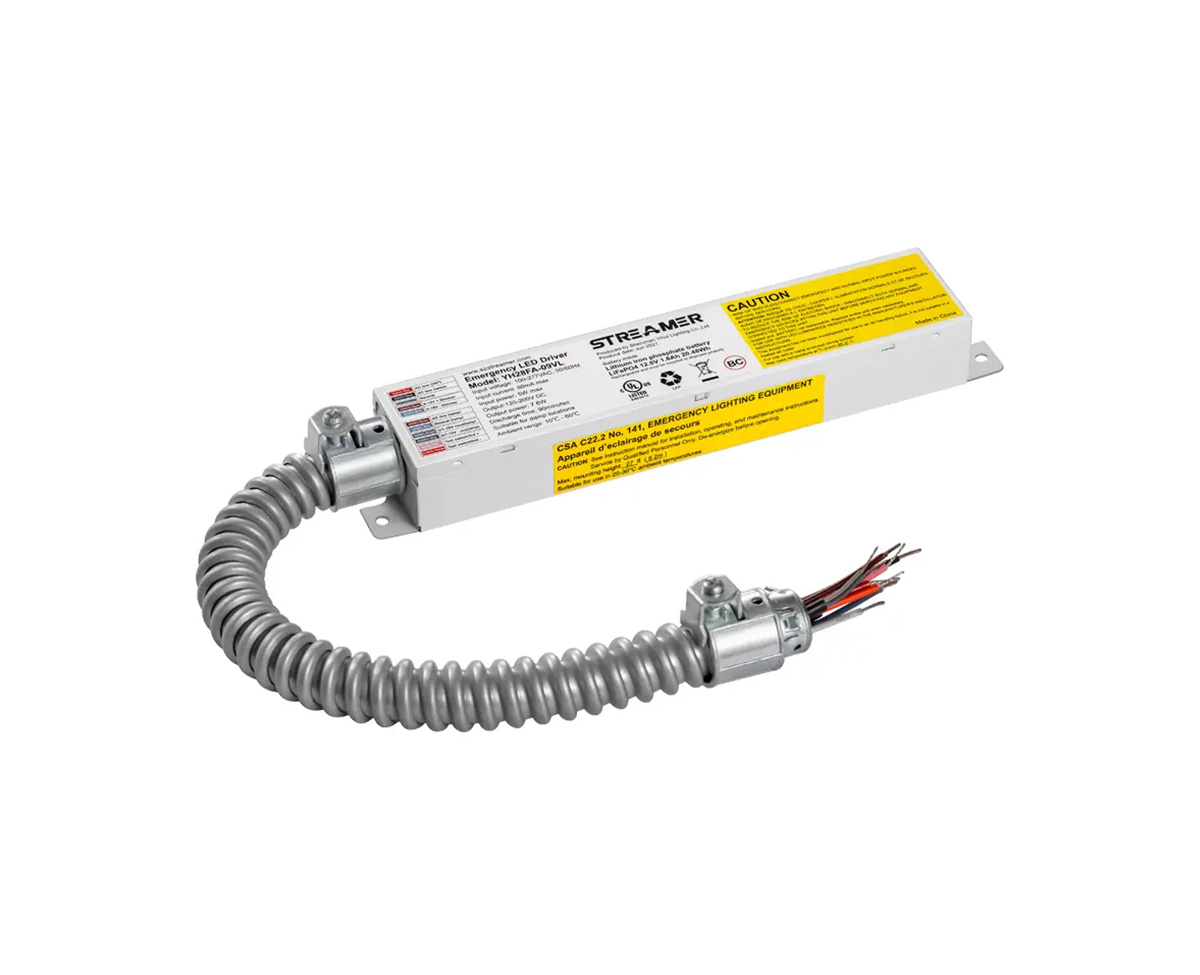 1
1
 Feb 02, 2025
Feb 02, 2025

Wireless control technology has brought new levels of convenience and flexibility to LED emergency power supplies.
One of the main advantages of wireless control is the ease of installation and operation. With traditional hard - wired control systems, extensive wiring is required to connect the control panel to each LED emergency power supply unit. This can be time - consuming, costly, and may cause damage to the building structure during installation. In contrast, wireless control systems use radio frequency (RF), Bluetooth, or Wi - Fi technology to communicate with the LED emergency power supplies. For example, a building manager can use a mobile app on a smartphone or tablet to control all the LED emergency lights in a building wirelessly. This allows for quick and easy configuration of the emergency lighting system, such as setting the brightness levels, testing the lights, and scheduling maintenance checks.
Wireless control also enables remote monitoring and management. In large - scale buildings or complexes, it can be difficult to physically inspect each LED emergency power supply unit regularly. With wireless control, the status of each unit can be monitored remotely. The system can send alerts to the building management when there are issues such as low battery levels, faulty LED lights, or power outages. This proactive monitoring helps to ensure that the emergency lighting system is always in a fully operational state, ready for any emergency situation.
Furthermore, wireless control systems can be easily integrated with other building management systems. For instance, they can be connected to the building's security system or fire alarm system. In the event of a fire or security breach, the emergency lighting system can be automatically controlled based on the signals received from these other systems. This integration enhances the overall safety and functionality of the building.